Keeping an eye out for signs of health problems is one of the most important jobs you have as an owner. In the long run, you could save yourself a lot of stress, time and money (and your dog’s health!) if you catch early signs of a medical problem.
Here’s a list of 12 checks to perform regularly.
12. Check their ears

Check your dog’s ears for wax build up, swelling and bad odour. It should be noted that you should never poke anything directly into your dog’s ears. Use cotton wool to remove wax if you need to.
11. Check their feet

Examine your pet’s feet for cuts, growths and grazes. Long nails should be trimmed with dog clippers or file. Be careful as this can sometimes cause bleeding.
10. Check their nose
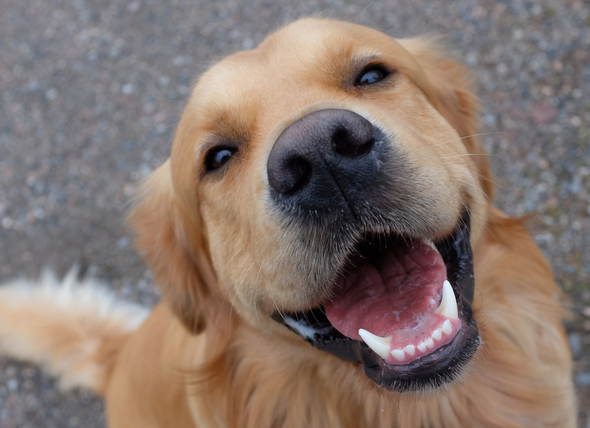
Your dog’s nose should always be cool and moist. Keep an eye out for excessive discharge, sneezing and obstructed breathing.
9. Check their eyes
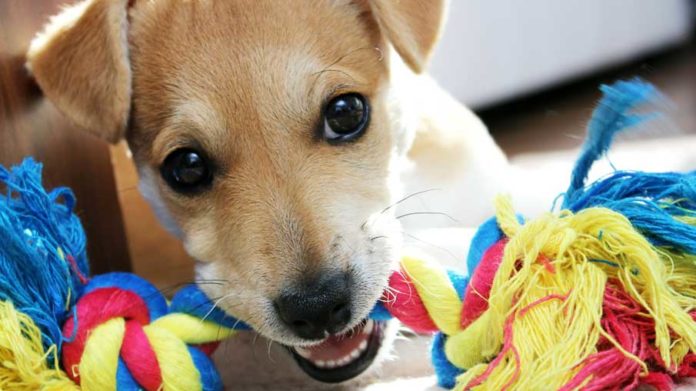
They should always be clear and the pupils should be the same size. Check for ingrowing eyelashes or hair that looks like it’s causing a problem. There shouldn’t be excessive discharge or any signs of irritation. Visit the vet if it’s the case.
8. Check their mouth
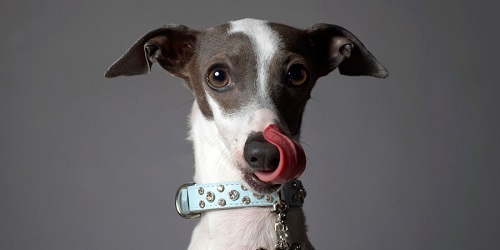
Gums should be pink, and dark/redder patches may be signs of an ongoing problem. Also, check for growths and lumps, and make sure their teeth are clear and that none are loose. Check the tongue for cuts and sores. A really bad breath could be an indication of a digestive problem.
7. Monitor their toilet habits

Diarrhea, constipation, blood and mucus are things to look out for in your pet’s stool. Similarly, if their urine looks dark, cloudy or blooded, then you should go to the vet.
6. Check their weight
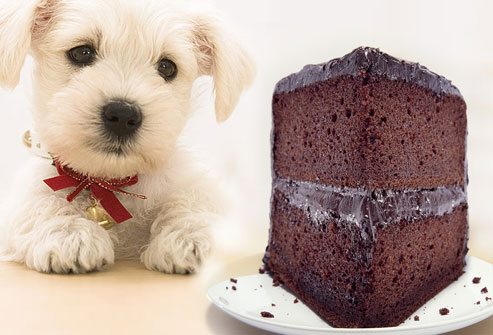
Just like in humans, obesity is the cause of a huge number of problems in dogs and should be avoided. Keep your dog on a steady, well-balanced diet.
5. Monitor their eating habits

If your dog goes off their food or drink for more than a day, it’s time to contact the vet, especially if your dog is usually a big eater.
4. Keep an eye out on their walking
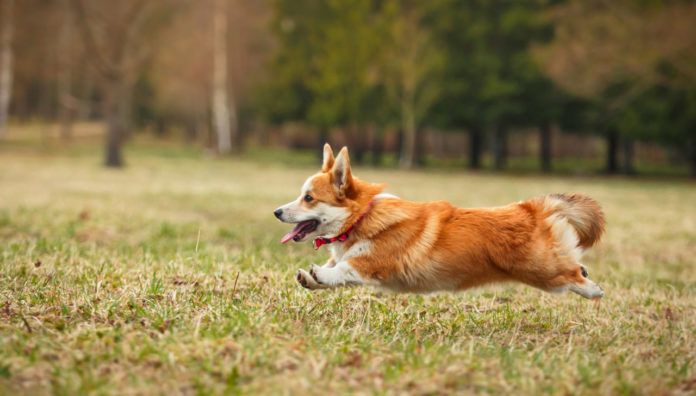
Watch the way your dog moves when they walk and run. Do they seem stiff? Overly tired? Do they limp? Coughing and excessive panting may also indicate problems.
3. Do a body check

While grooming your dog, you should do a weekly body check of your dog. Gently run your hands over every part of your dog’s body and check for lumps, cuts, inflammation and any signs of discomfort.


![[Photos] Why WD-40 Is Magic In Your Garden?](https://lifetonik.com/wp-content/uploads/sites/7/2019/08/WD40-Prices-Highres_Page_8_Image_0008-218x150.jpg)
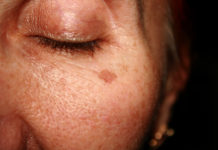




![[Photos] Take A Look Of The Obama’s New Home Before It’s Banned](https://lifetonik.com/wp-content/uploads/sites/7/2019/07/Obama1-218x150.jpg)

![[Slideshow] Celebrity Homes: 21 Of The Most Luxurious](https://lifetonik.com/wp-content/uploads/sites/7/2019/07/Taylor-Swift-218x150.jpg)
![[Slideshow] More Parents Are Now Gluing Pennies to the Bottom of their Kid’s Shoes](https://lifetonik.com/wp-content/uploads/sites/7/2019/07/Keep-Them-Entertained-218x150.jpeg)
![[Photos] 20 Fashion Mistakes That Too Many Women Make!](https://lifetonik.com/wp-content/uploads/sites/7/2019/07/5-style-mistakes-that-make-you-look-frumpy-featured-218x150.jpg)











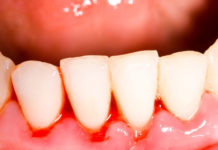

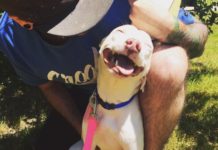





![[Gallery] 25 Discounts For Seniors To Which You Are Entitled Without Knowing It](https://lifetonik.com/wp-content/uploads/sites/7/2019/08/EAZxECUXUAAvNZR-218x150.jpg)
![[Slideshow] Here’s the salary of every governor in the United States](https://lifetonik.com/wp-content/uploads/sites/7/2019/08/Charlie-Baker-218x150.jpg)
![[Photos] No One Will Want To Buy This House After Seeing These Pictures](https://lifetonik.com/wp-content/uploads/sites/7/2019/08/terrible-real-estate-photos-2-5c35e727c9f95__700-218x150.jpg)





